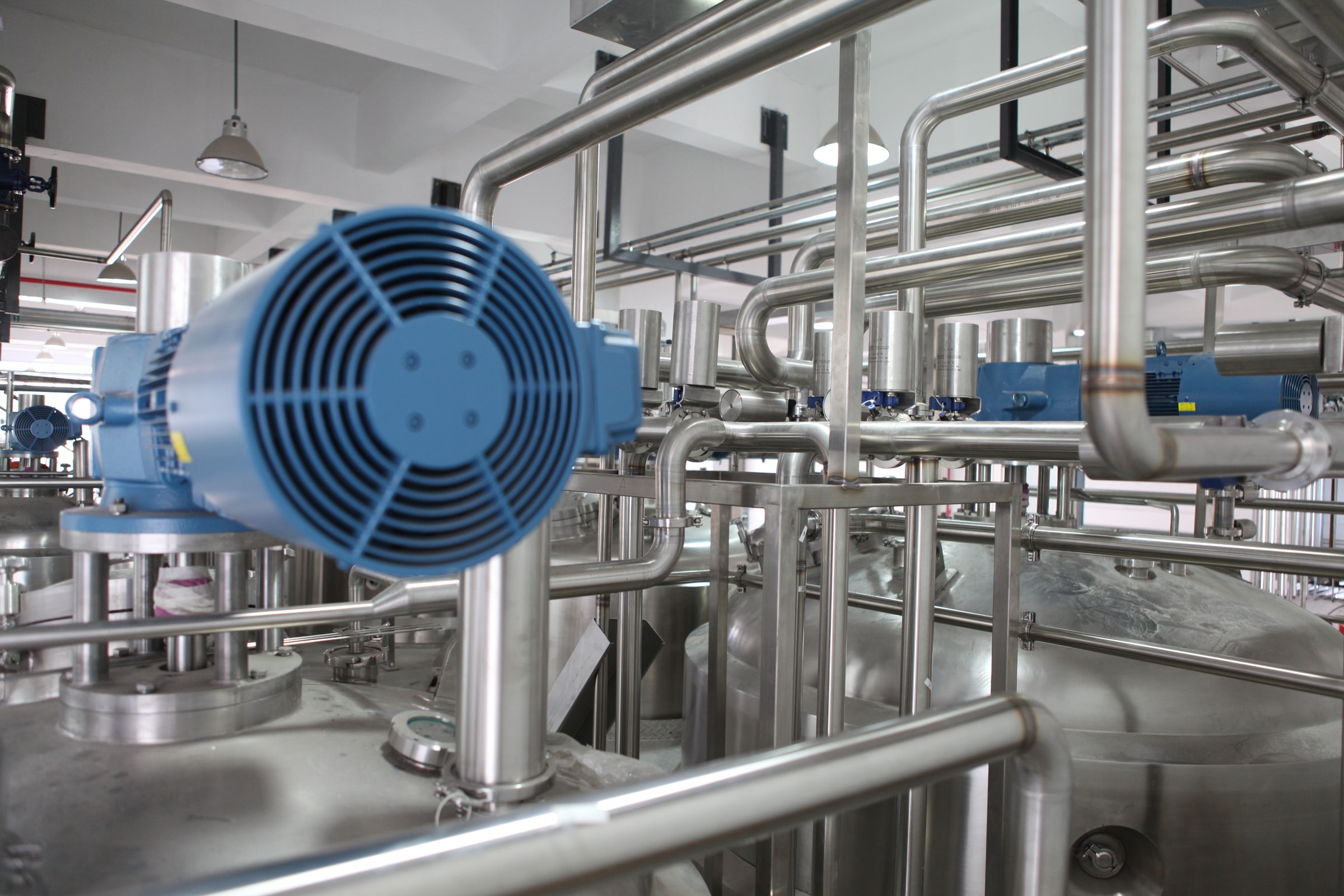For industrial sectors such as the mining, oil and gas, manufacturing, energy, and chemical processing sectors, the safe and compliant disposal of hazardous waste is not a simple task. Supporting the growth and profitability of your business against the need to protect natural resources and ecological systems is a balancing act that can’t be successfully achieved without a partner who understands your business, compliance legislation, and the hazardous waste disposal process.
Hazardous Industrial Waste Disposal – Refined by Evolving Science
The hazardous waste disposal technologies that are employed today by professional waste management companies like Benzoil are based on waste treatment methods that were developed many years ago and are based on solid, trusted science. Although science has evolved, the core scientific principles of chemistry, physics and biology remain the same. Chemical reactions remain orderly and the fundamental laws of thermodynamics and nature are still obeyed.
The Process
When reuse or recycling of a material is not easily possible, organisations turn to standard waste disposal methods for a solution. Simplistically, these methods are categorised into:
- Chemical methods: Hazardous waste disposal by chemical methods includes such technologies as dehalogenation, oxidation and precipitation. Here, predictable chemical reactions alter the waste to destroy some hazardous properties.
- Physical methods: Physical techniques aim to separate the hazardous component from its matrix through operations like filtration, adsorption, reverse osmosis and distillation.
-Biological methods: Biological treatments utilise a living organism to neutralise the hazardous waste component -- examples include compost, anaerobic digestion, and enzyme treatment.
- Stabilisation methods: Stabilisation or solidification as a hazardous waste disposal method is rarely a preferred option as the effectiveness over time is not guaranteed. The hazardous attributes are not actually destroyed, but rather encapsulated and set in some solidifying agent where they are isolated from the environment. Fixation by cement, fly ash or clay is frequently used.
- Thermal methods: Thermal treatment serves to decompose hazardous waste at high temperatures which are capable of fully or partially destroying the waste. Sometimes the result is less toxic than the original but still requires subsequent treatment. Thermal technologies are some of the most expensive and include pyrolysis, plasma, molten salt oxidation, and rotary kilns.
Depending on the nature of the hazardous waste to be disposed of, a strategic combination of any or all of these methods may be used. Within each of these methods, there are many varying technologies -- some ancient, some modern and some cutting-edge. As concerns about environmental impact grow and legislation evolves, we can expect to see new and innovative methods offering different solutions as the sector grows.
Hazardous Waste Disposal Technologies from Benzoil
At Benzoil, we have been assisting commercial and industrial operations for many years in safely disposing of their hazardous waste, improving best practice outcomes, and innovating as a waste-to-product specialist. We work with all industries, from aviation and agriculture to automotive garages and industrial sites on waste recovery and waste reduction, and our services are available Australia-wide.
Unlike other waste disposal providers, we draw from a significant depth of experience, offering site- and organisation-wide appraisals, waste categorisation, aggregation and consolidation, licenced collection, and waste disposal. We can also assist you with the disposal and transport of liquid waste, which requires EPA licences, through our team of trusted services providers who hold the appropriate permits.
Contact us today for commercial and industrial hazardous waste solutions. Your problem is our solution.


